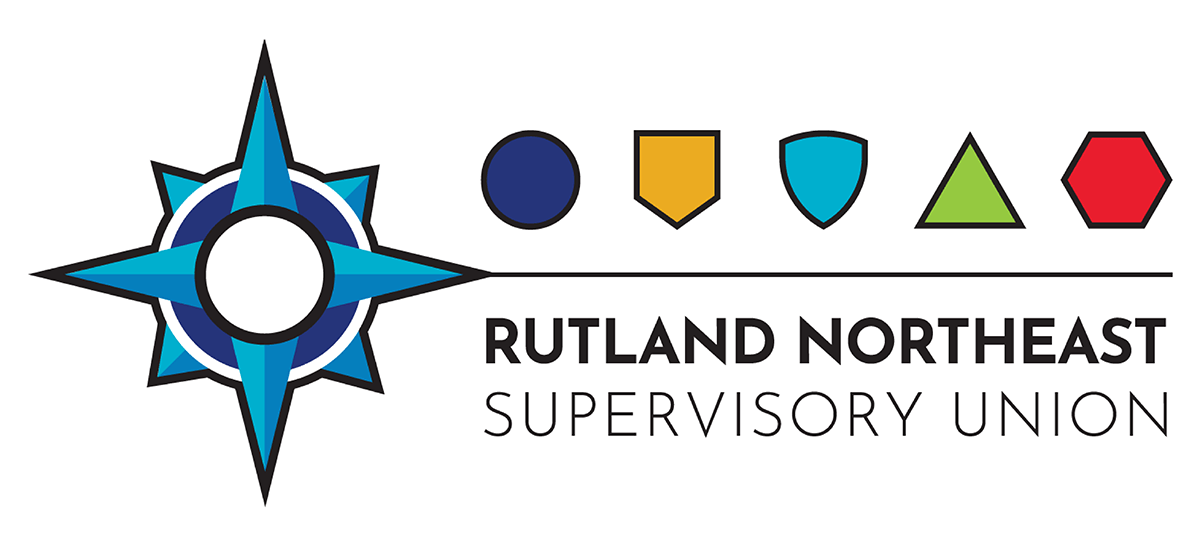Harassment Hazing and Bullying
Children, particularly adolescents, experience some form of bullying or harassment in their school lives. Sometimes this occurs in school, other times it occurs at home or online and carries over to school. We have a policy that addresses both events as well as a student conduct policy that we turn to when an incident does not meet the definition of either bullying or harassment, but is still a behavior that is not acceptable or appropriate.
Common questions we hear from parents include: Who do I talk to if I suspect my child is being bullied or harassed? What can I expect the school to do? What information can be shared with me? Why do I sometimes see the other student still in school? | The policy on the Harassment Hazing and Bullying of Students (JBEAA) guides the response of the school. Because we are an educational organization and because we are still teaching appropriate behaviors to students of all ages, we need to work with each student involved in a situation. When a report is made to a school faculty member, the schools’ Designated Employee, one of two appointed in each school, must create a written report and submit it to the building principal or associate principal to review and determine if the incident rises to the level of an investigation. |
In order for the school to take steps to stop inappropriate behavior and keep our students safe, we need to partner with parents. Do not assume the school knows what is going on. Start with notifying the school principal or designated employee. Call, email, stop in. Let us know what is happening for your child and work with us to look into it. We created a flowchart that we hope helps parents understand the process when a complaint is raised. Please let us know if the chart is helpful or still leaves questions. It is important we work on this issue together to create a culture where people speak out if they see anything occurring that upsets another student. I look forward to hearing your feedback on the bullying flow chart. Click on the Let's Talk link on the sidebar to start the conversation. | Not every behavior incident meets the definition of harassment or bullying. If it does not, then it is investigated as a student conduct concern. The school must take steps to stop the conduct if bullying or harassment is thought to have occurred and to notify parents of an investigation. Students involved and witnesses are interviewed as part of the investigation. The final results of the investigation is shared again with the principal or associate principal who then determine, if substantiated, the consequences for the student(s) involved. An appeal of how the policy was applied would be sent to the superintendent, then the school board. There may be other rights of appeal; the letter sent home by the school following the investigation would highlight any. |
Title IX Presentation (10/20/20) - Title IX is a Federal Civil Rights Law that protects individuals from discrimination based on sex in federally funded programs, including education.
For employee and third Party complaints, please reference policy GBEAA.
